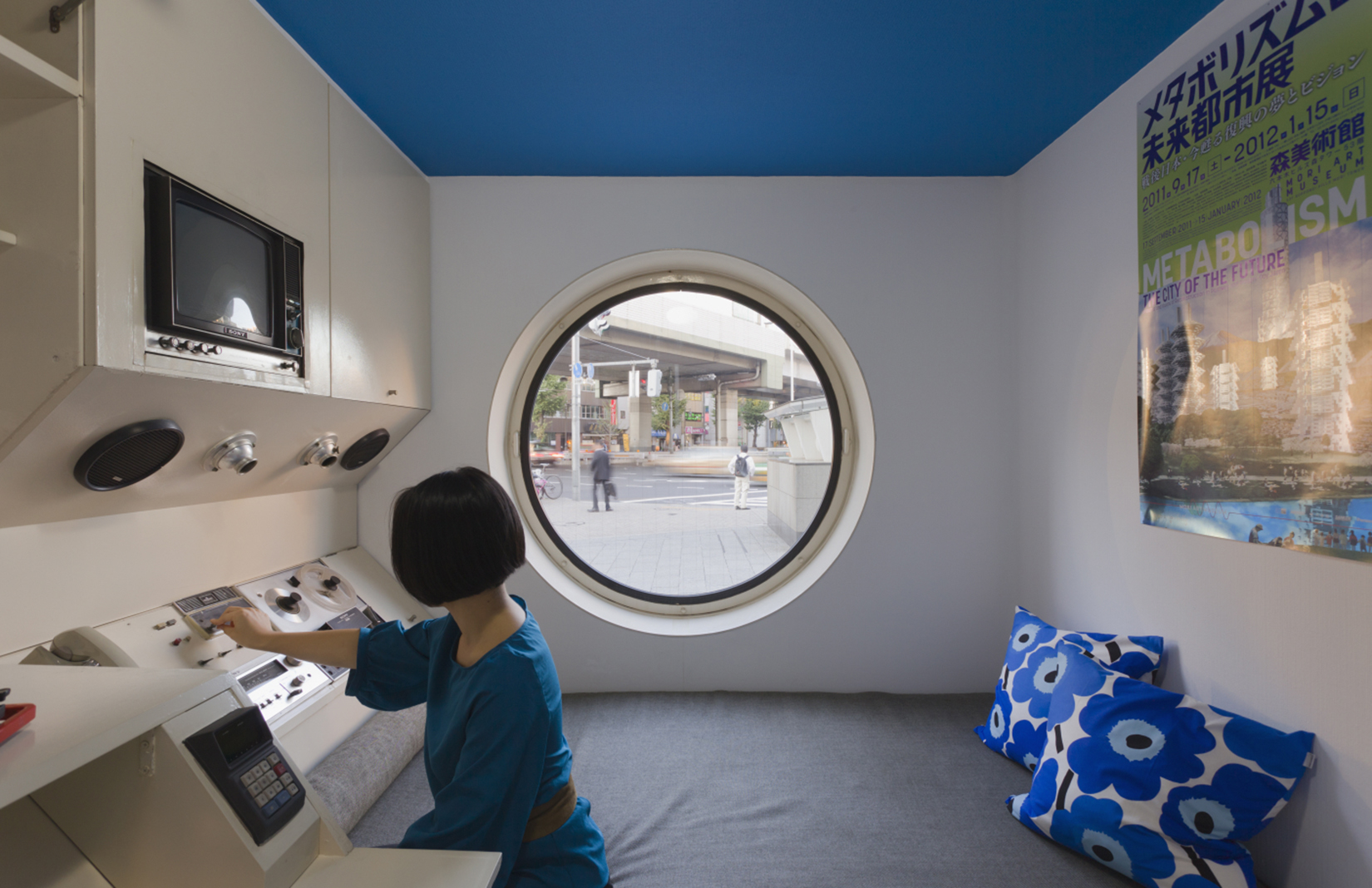Effortless Homebuilding With Modern Modular Home Styles

Advantages of Modular Home Styles
Modular home layouts use numerous benefits that make them an enticing option for several house owners. One of the key advantages is cost-effectiveness. Since modular homes are created in a factory setting, building contractors can improve the procedure, decreasing labor and material expenses, which often equates to lower prices for purchasers.
Furthermore, modular homes are known for their rate of construction. pod homes. The regulated atmosphere of a factory permits reliable assembly, making it possible for home owners to move right into their new home much sooner than typical building techniques would enable
Energy performance is an additional considerable advantage. Lots of modular homes are created with energy-efficient systems and sustainable materials, causing lower utility expenses and a reduced ecological footprint.
In addition, modular designs supply a high degree of personalization. Homeowners can often choose from various designs, materials, and finishes, making sure that their home fulfills individual choices and way of living demands.
Last but not least, modular homes are developed to fulfill strenuous building regulations and requirements, guaranteeing toughness and security. Generally, the mix of cost, rate, customization, performance, and quality makes modular home layouts an appealing option for a vast array of purchasers.
The Modular Building And Construction Process
The modular building and construction procedure includes a methodical strategy that dramatically differs from typical structure techniques. Each component is constructed with the exact same materials and standards as a site-built home, including insulation, electrical circuitry, and pipes systems.
As the components are built, the site prep work can take location all at once, including structure job and utility installments. This parallel process significantly reduces the general timeline for completion. Once the modules are prepared, they are carried to the building website, where they are craned into setting and securely signed up with together.
The lasts entail completing touches, such as exterior home siding, roof, and indoor describing. This streamlined approach not only decreases building waste however also enhances power effectiveness via well-coordinated structure practices. Generally, the modular construction procedure uses a quicker, affordable, and ecologically friendlier alternative to standard home structure.
Modification Options Available
Discovering personalization choices in modular home layouts allows home owners to tailor their living rooms to their one-of-a-kind preferences and way of livings. Among one of the most enticing elements of modular homes is the versatility they offer in design and layout. Property owners can pick from a range of flooring plans, ranging from open-concept rooms to extra standard designs, making sure that the home fits their certain requirements.
In addition to structural modifications, this link customization includes visual elements. Home owners can select from a substantial scheme of materials, coatings, and colors, including cabinetry, countertops, floor covering, and siding. This level of personalization allows locals to produce a natural style that shows their specific style.
In addition, modular homes can integrate energy-efficient features and smart technology alternatives. Home owners can opt for solar panels, energy-efficient windows, and progressed heating and cooling systems, adding to both convenience and utility financial savings.
Finally, numerous suppliers supply the opportunity to include distinct aspects, such as integrated shelving, custom-made storage rooms, or exterior space. This detailed variety of customization alternatives makes certain that modular home styles can be as unique and practical as the families that occupy them.
Sustainability in Modular Houses
Sustainability is a crucial consideration in modern home structure, and modular homes are progressively made with environmentally friendly practices in mind. These frameworks lessen waste with reliable production processes, as components are produced in a regulated atmosphere (pod homes). This not only minimizes the quantity of product discarded during building and construction yet additionally lowers the carbon footprint related to standard structure methods
Modular homes frequently integrate sustainable products, such as recovered wood, recycled metal, and low-VOC paints, which add to healthier interior air high quality. Moreover, numerous designs incorporate energy-efficient systems, consisting of solar panels, advanced insulation, and high-performance windows, which reduced power usage and utility expenses over time.
The modular building approach also permits for better planning of power usage and source management throughout the building lifecycle. By using prefabricated elements, home builders can significantly reduce transport discharges, as products are delivered in bulk to the website.
Additionally, the versatility of modular homes permits future upgrades, guaranteeing that house owners can modify their living rooms to consist of a lot more lasting technology as it becomes offered. On the whole, sustainability in modular click here now homes represents a forward-thinking approach to ecologically liable living.
Cost-Effectiveness of Modular Structure
Modular homes not only prioritize sustainability yet likewise supply substantial cost-effectiveness contrasted to typical building and construction techniques straight from the source - pod homes. Among the primary financial advantages is the reduction in labor costs. Due to the fact that a substantial part of the construction procedure occurs in a regulated factory environment, labor effectiveness is increased, bring about reduced total expenditures
Furthermore, making use of standardized products and layouts lessens waste, resulting in expense financial savings that can be handed down to consumers. The moment savings connected with modular construction likewise add to its affordability; jobs can be finished in a fraction of the moment it takes for typical builds, enabling property owners to relocate in quicker and start benefiting from their investment.
In addition, modular homes often incorporate energy-efficient attributes, which can bring about decreased energy expenses gradually, further enhancing their cost-effectiveness. Funding choices for modular homes are additionally becoming more positive, with several lending institutions recognizing their value and stability.
Conclusion
To conclude, modern-day modular home layouts offer a transformative approach to homebuilding, characterized by sustainability, personalization, and performance. The structured construction process improves top quality and adherence to building ordinance while offering homeowners the possibility to individualize their home. Additionally, the unification of energy-efficient systems dramatically decreases energy prices and environmental impact. Inevitably, modular homes represent a forward-thinking solution that resolves contemporary housing demands and advertises a more lasting future in household building and construction.
